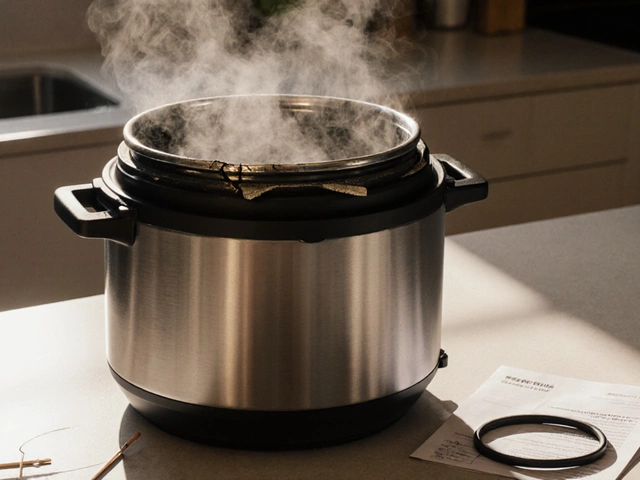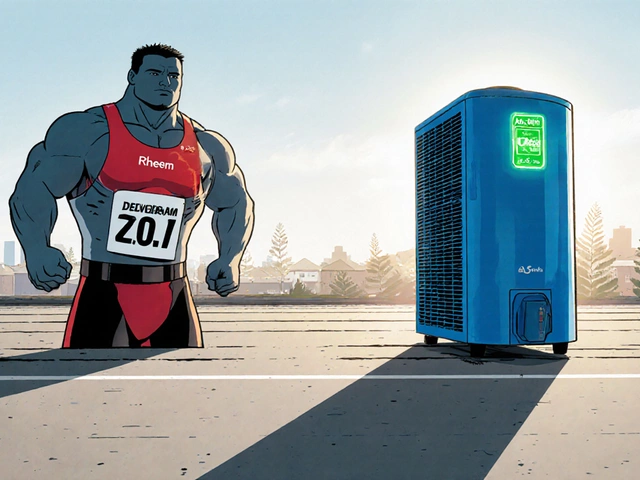Can a Pressure Cooker Be Repaired? Here’s What Actually Works
November 23 2025Water Heater Flush: Simple Steps to Keep Your Hot Water Running Smoothly
If you’ve ever noticed rusty water coming from your tap or a higher energy bill, a water heater flush might be the fix you need. Over time, mineral buildup and sediment settle at the bottom of the tank, making the heater work harder and shortening its life. Flushing clears that gunk, improves heating speed, and can save you money.
When Should You Flush?
Most experts recommend a flush every 12‑18 months, but the exact schedule depends on a few things. Hard water areas (where the water has a lot of calcium and magnesium) need more frequent cleaning because the minerals settle faster. If your water looks cloudy after a hot‑water shower or you hear strange noises from the tank, those are clear signs it’s time to act.
DIY Flush vs. Professional Service
You can do a basic flush yourself with a garden hose, a bucket, and a bit of patience. Turn off the power or gas, attach the hose to the drain valve, open the valve, and let the water run until it’s clear. Then close the valve, fill the tank, and turn the heater back on. The process is simple, but it does have risks: forgetting to turn off the gas, not securing the hose properly, or damaging the valve can cause leaks or safety hazards.
Calling a certified gas engineer, like the team at Bedford Gas Appliance Repair Services, removes those worries. Professionals have the right tools, know how to handle gas connections safely, and can spot other problems such as a failing anode rod or a corroded tank. If your heater is older than ten years, a professional inspection during the flush can tell you whether repair or replacement makes more sense.
Here’s a quick checklist to decide which route to take:
- Are you comfortable turning off the gas or electricity? If not, call a pro.
- Do you have a garden hose long enough to reach a drain?
- Is the tank under warranty? Some warranties require a certified flush.
- Do you hear rumbling or see rust? A professional may need to replace parts.
If you answer “yes” to most questions, a DIY flush will likely do the trick. Otherwise, scheduling a visit with Bedford’s engineers will give you peace of mind.
Finally, remember to maintain the anode rod every few years. The rod pulls corrosive particles away from the tank walls, and a weak rod can let sediment build up faster. A quick swap is cheap compared to a full tank replacement.
In short, a water heater flush is a low‑cost habit that pays off in hotter showers, lower bills, and a longer‑lasting appliance. Whether you roll up your sleeves or call in the experts, make the flush part of your regular home‑care routine and enjoy reliable hot water year after year.
 6 Aug
6 Aug
Flush vs. Drain: The Best Way to Maintain Your Water Heater
Debating whether to flush or drain your water heater? This guide breaks down both methods, benefits, and how to actually boost your heater’s lifespan and efficiency.
Read More...



